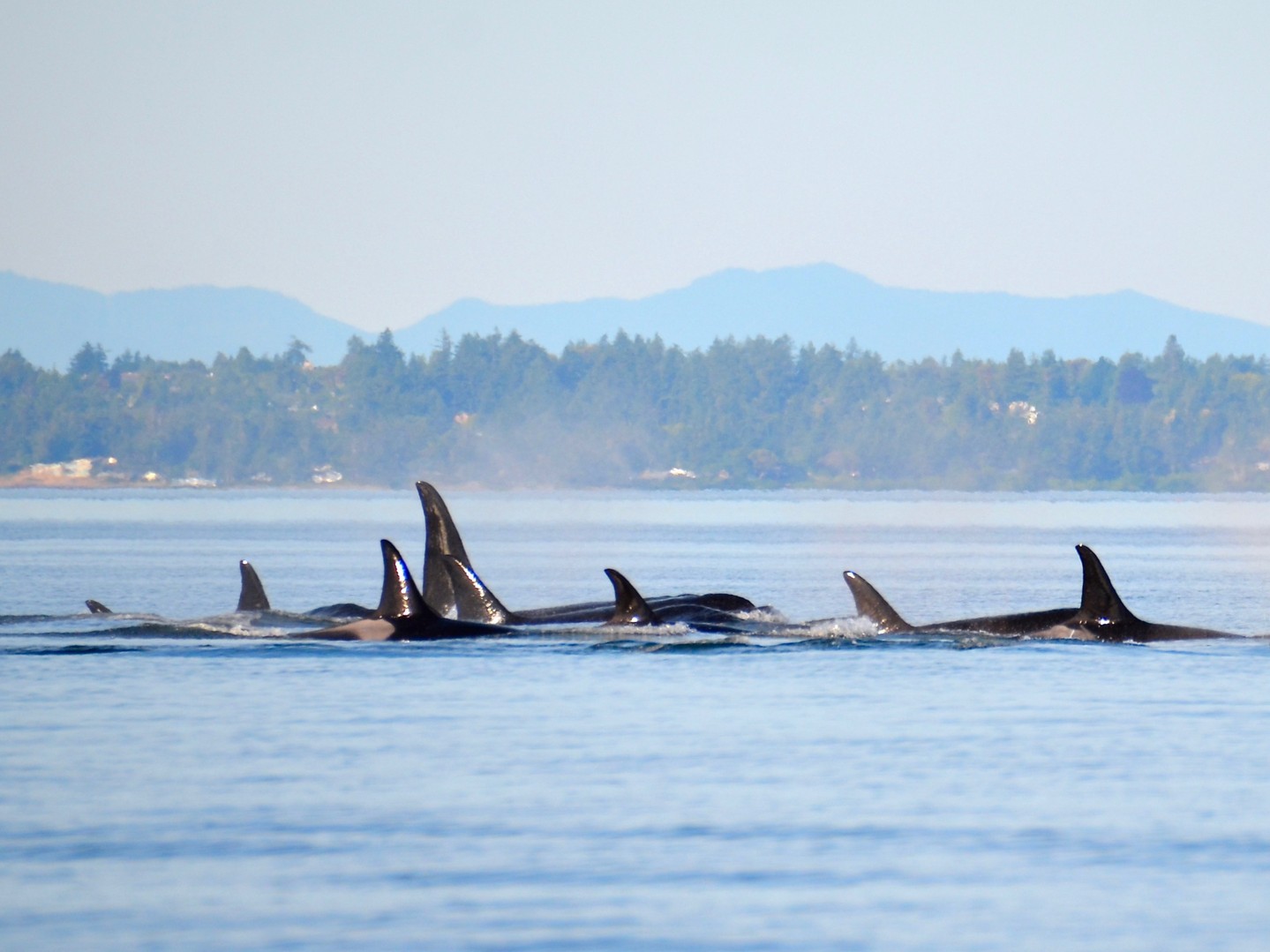- The Importance of Southern Resident Orcas and Chinook Salmon
- New Regulations and Boating Practices for Orca Conservation
- Active Measures for Supporting Marine Ecosystems
- Sustainable Choices and Advocacy in Everyday Life
Southern resident orcas hold a vital place in the Pacific Northwest’s marine ecosystem. These marine mammals depend heavily on Chinook salmon as their primary food source. In fact, over 80% of their diet consists of this specific fish, which not only informs their migratory patterns but also affects their ability to reproduce and nurture their young. The delicate symbiosis between southern resident orcas and Chinook salmon has faced growing challenges, largely due to dwindling fish populations. Factors like overfishing, habitat degradation, and climate change have significantly impacted Chinook salmon numbers, leaving the orcas with diminishing resources. This relationship sheds light on a broader ecological imbalance, emphasizing the importance of targeted conservation efforts to restore salmon habitats and, in turn, support the recovery of orca populations.
As of January 1, 2025, new regulations have been instituted to offer greater protection to southern resident orcas. Among these, the stipulation for boaters to stay 1,000 yards away from these orcas is paramount. This regulation aims to reduce noise pollution and physical disturbances that impede the orcas’ ability to hunt effectively using echolocation. Human activities, particularly boating and fishing, have posed significant challenges to the orcas’ natural behavior. Noise from boats can disrupt their communication and echolocation, vital for foraging and social bonding. While distinguishing southern residents from other orca populations can be challenging, the general recommendation is to maintain this safe distance in all interactions. These regulations represent an essential step towards minimizing human interference, offering the orcas a more conducive environment to thrive.
However, these regulatory measures alone cannot secure the future of southern resident orcas. A holistic approach involving active public participation and investment in habitat restoration is essential. Advocating for and supporting projects that restore natural salmon habitats can significantly affect their numbers. Projects that remove barriers like dams, prevent pollution, and restore estuaries are crucial. Through collaborative efforts with government officials and environmental organizations, individuals can drive initiatives that strengthen these marine ecosystems. Involvement in habitat restoration fosters a sustainable future for salmon and, consequently, the orcas that depend on them.
Everyday sustainable choices also play a crucial role in marine conservation efforts. Opting for nontoxic and environmentally friendly household products can drastically reduce harmful run-off into aquatic systems, making a tangible positive impact. When it comes to washing vehicles, using designated car wash facilities ensures that detergents and pollutants do not end up in the waterways. Further, making informed and conscious decisions about seafood consumption can aid in safeguarding fish populations. Utilizing resources like Seafood Watch can help consumers choose sustainably sourced seafood, reducing the pressure on dwindling fish stocks, including the Chinook salmon. These lifestyle alterations collectively contribute to environmental health and the protection of wildlife.
In addition to personal choices, advocacy remains a powerful tool in effecting change. By contacting elected officials, individuals can push for increased funding and support for environmental conservation projects. Encouraging legislative action to bolster salmon restoration efforts can lead to more robust preservation strategies. Additionally, public awareness campaigns can inspire further community engagement and volunteering in conservation initiatives. The southern resident orcas need a concerted, multifaceted approach for their population to recover sustainably. By staying informed and proactive, each individual can play an integral part in this critical endeavor, ensuring the vitality of these majestic marine mammals and their ecosystems for future generations.
*****
Source Description
The southern resident orcas need help—from all of us—to give their population a real chance at recovery. Take 30 seconds to learn how you can help. 👇
This population feeds mainly on Chinook salmon, using echolocation to find food and communicate. Back in 2023, the Aquarium worked with partners on a bill to help southern residents forage more successfully and feed their young. And as of January 1, 2025, these updated regulations are in effect.
Boaters must now stay 1,000 yards from southern residents at all times to minimize noise and disturbance. Not sure if an orca is a southern resident or not? Err on the side of caution and keep your distance.
But even with these regulations, the southern residents will continue needing our help. Here are a few ways you can start:
• Contact your elected officials and advocate for more investment in salmon habitat restoration projects. 🐟
• Use nontoxic and environmentally friendly household and yard products. Need to wash your car? Do it at a car wash facility, not in your driveway. 🧼
• Choose sustainably caught and harvested seafood. Seafood Watch is a great way to get started. 🎣

